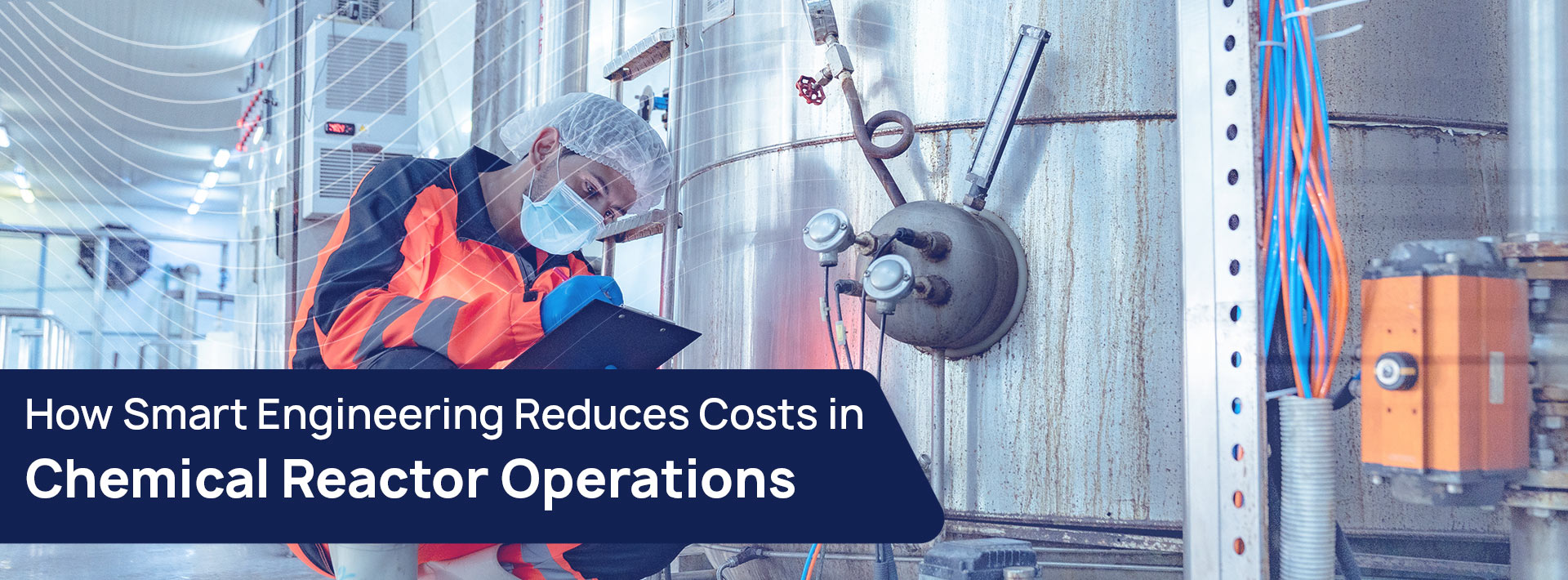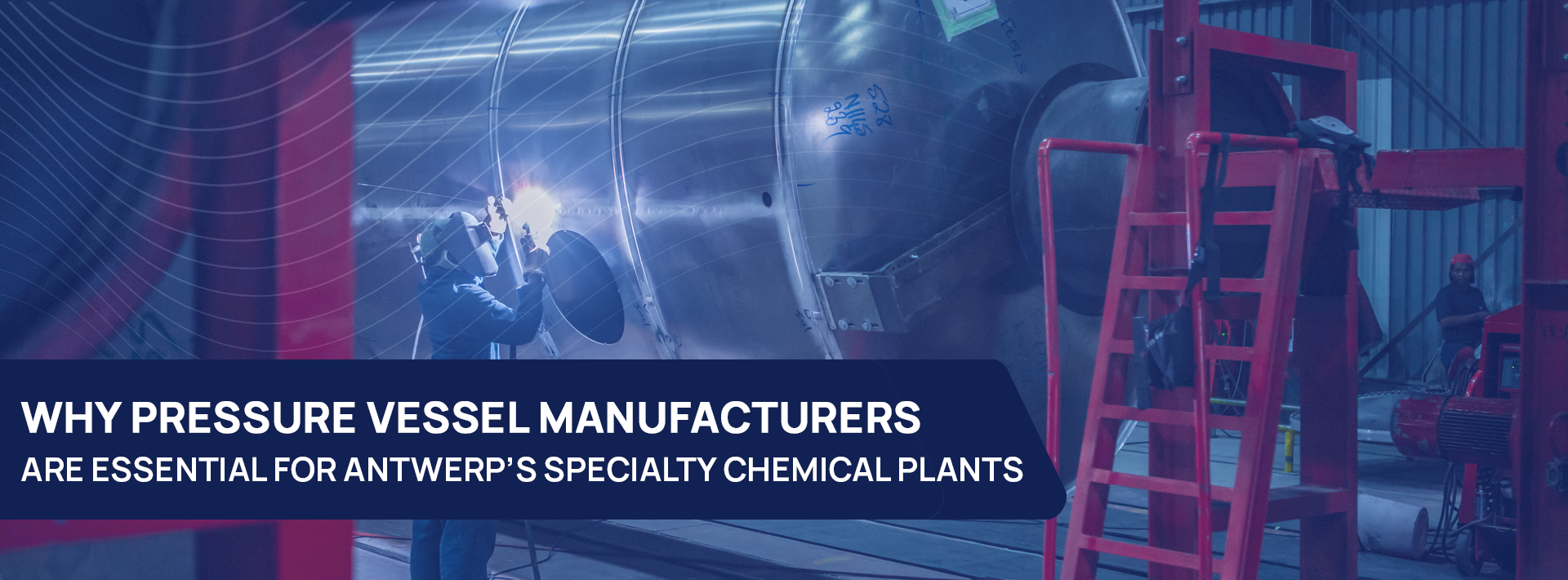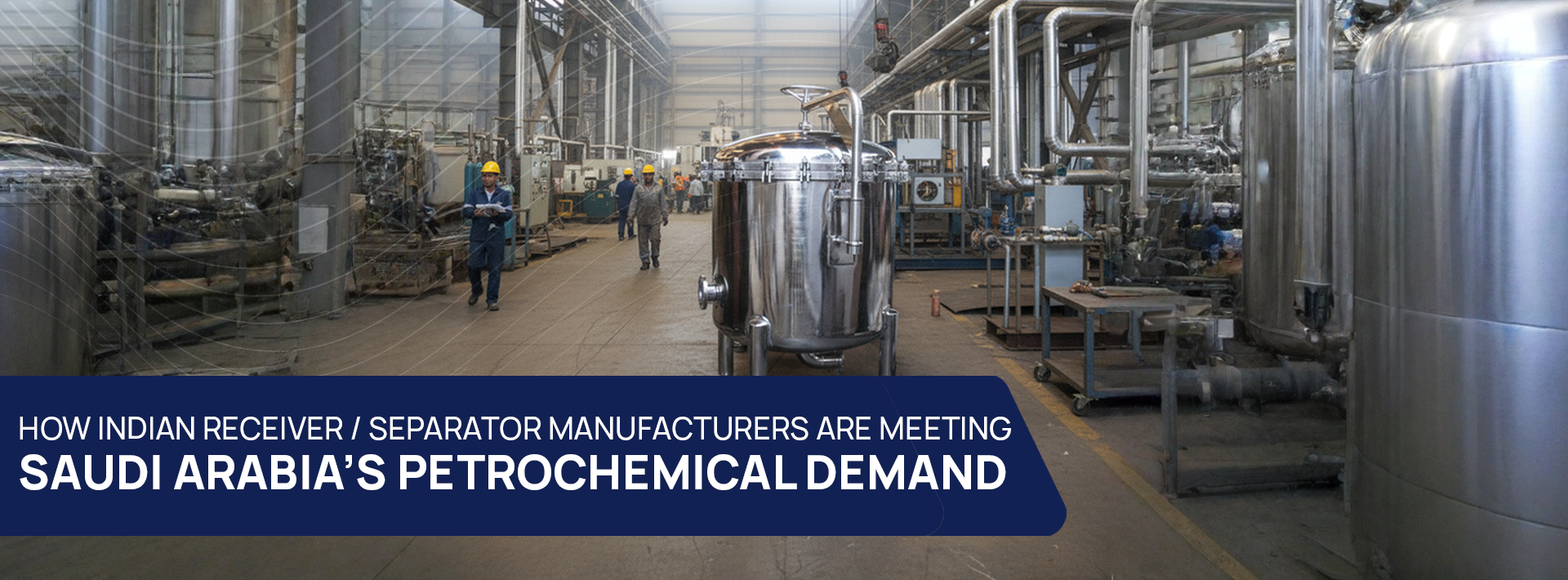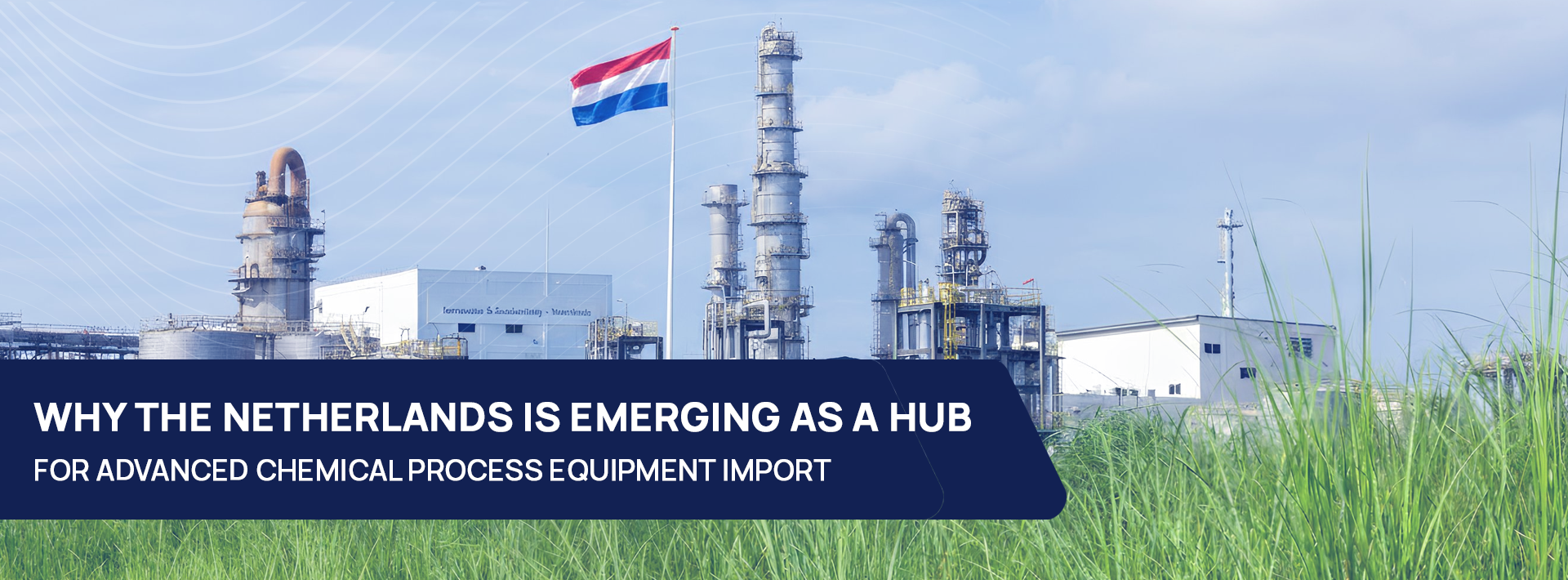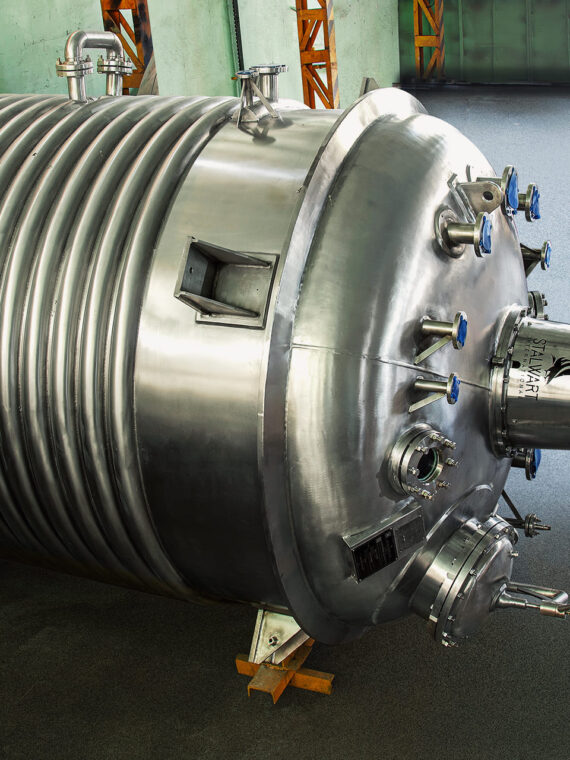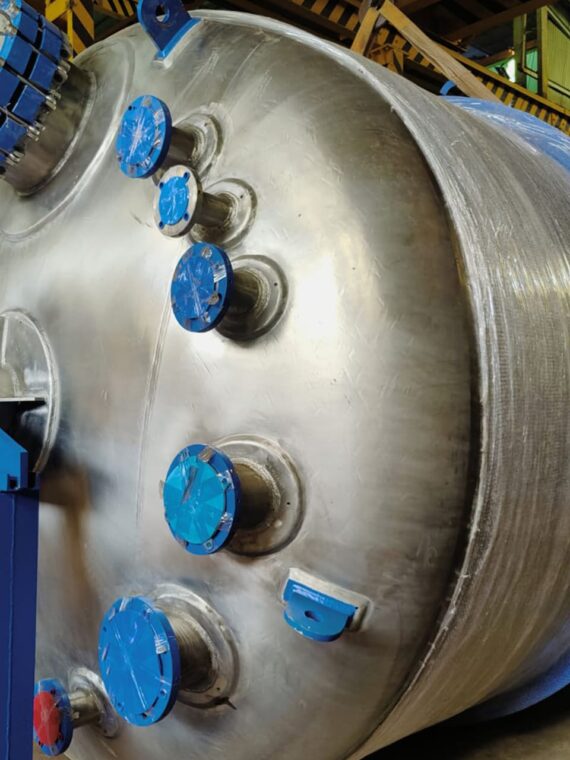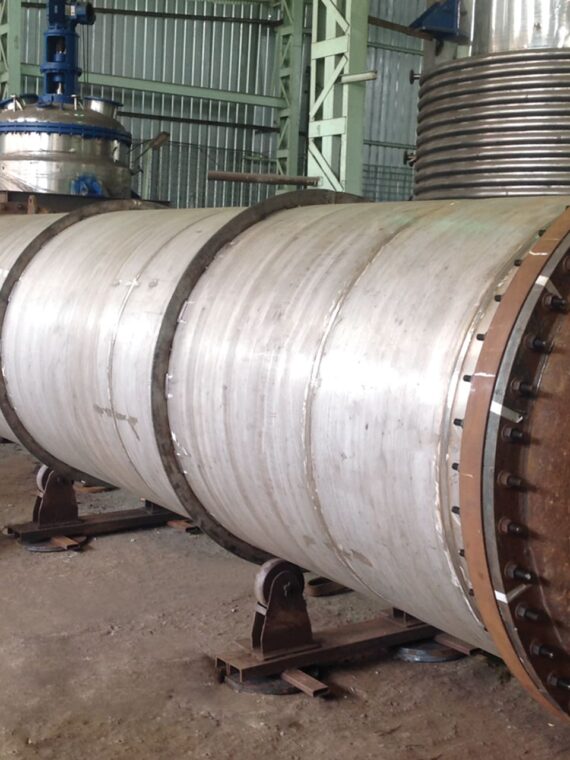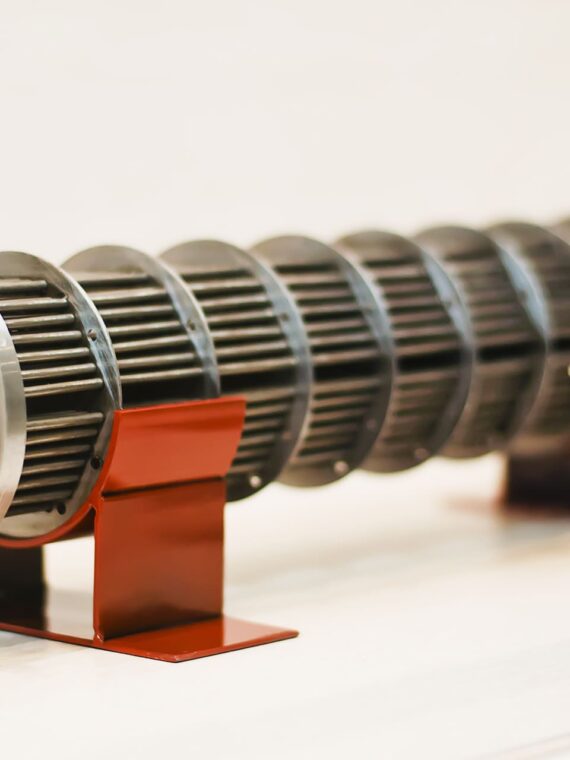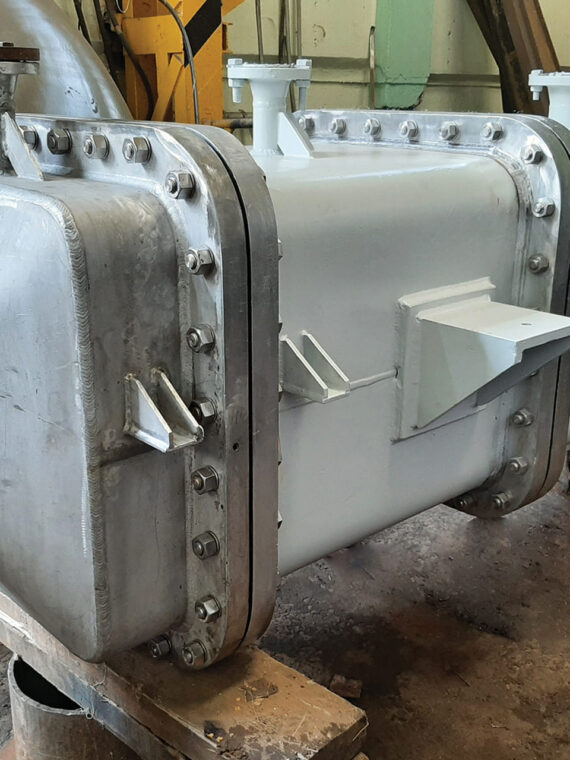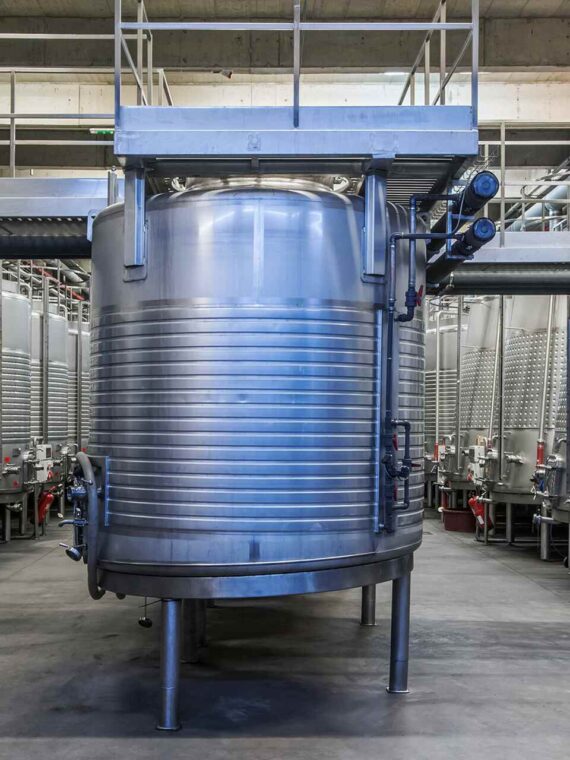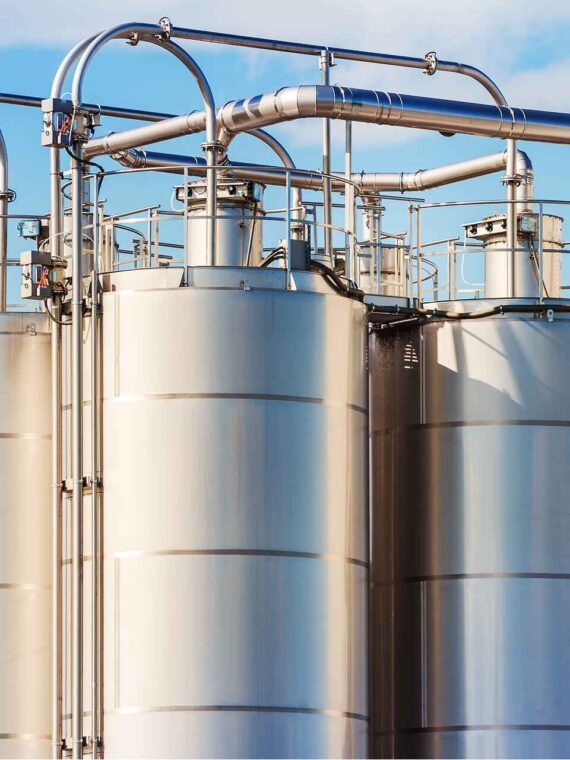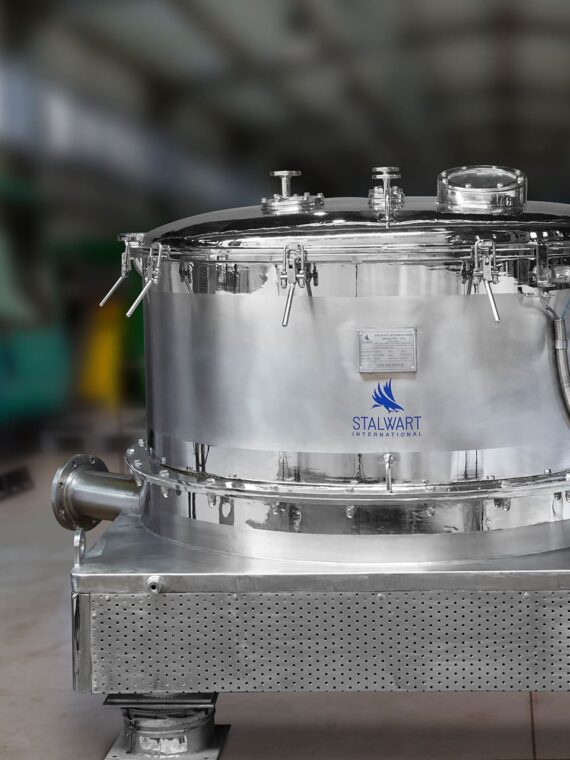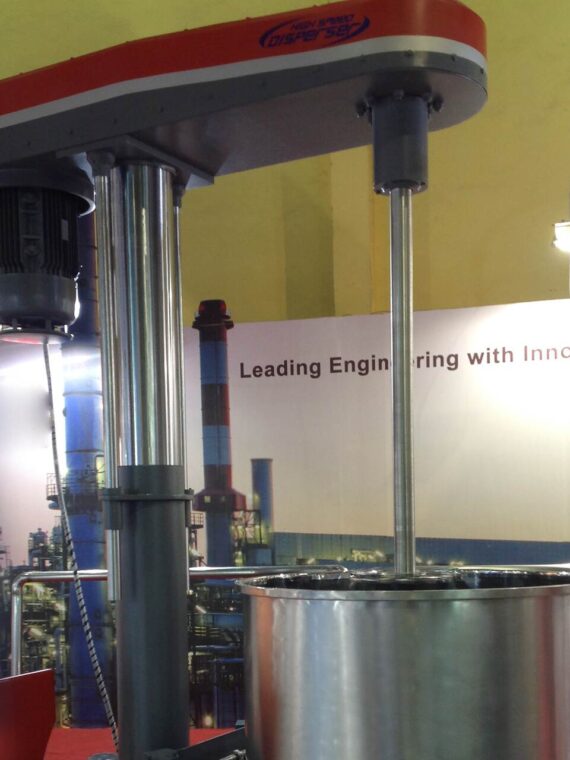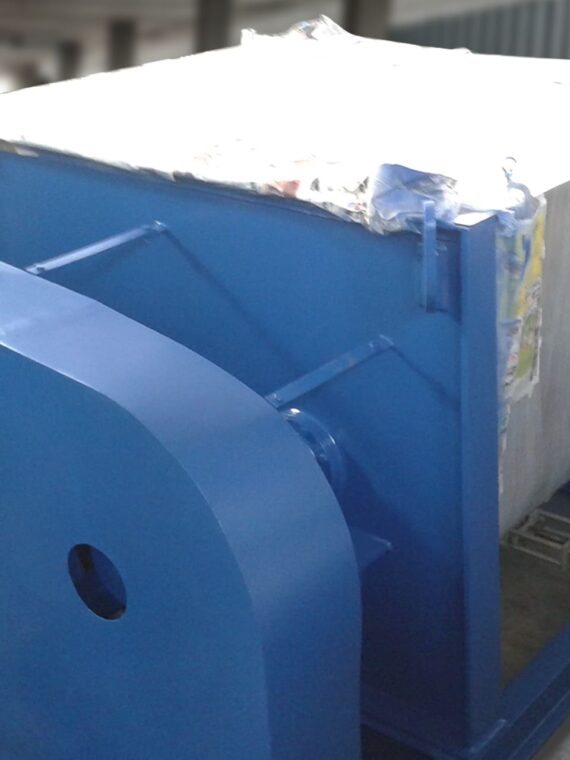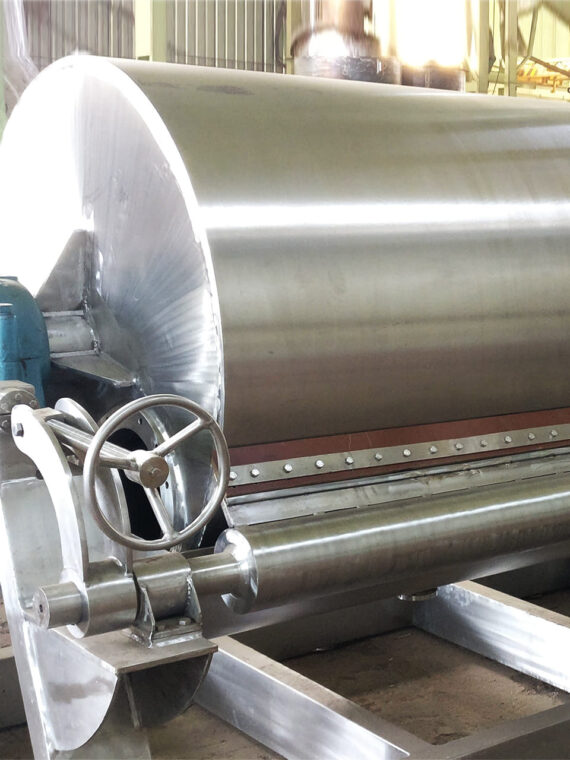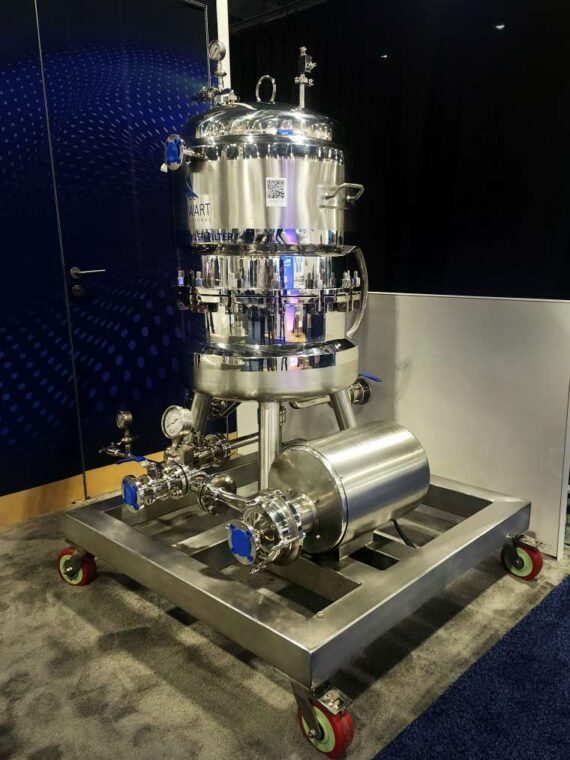Chemical reactors are ubiquitous in pharmaceuticals, petrochemicals, paints and coatings, and specialty chemicals. Even during the progress of any process, they serve as the melting pot and center machine somewhere midway through the process. If they are not tuned properly, they expend much energy, upkeep, and refining; basically, everything is extreme.
But maintenance woes are no longer an issue with a balance of design innovation or clever engineering. Automating the system, along with a data-driven approach, cuts down the costs associated with these concerns while posing positive results in the work done on the reactors. Innovative engineering has removable chemical reactor operational costs and maintains safety and quality.
How Smart Engineering Drives Down Chemical Reactor Costs
1. Amelioration of Processes using Advanced Engineering Design
Optimization of reactor design goes hand in hand with advanced engineering work. The new model of reactors has far less of an issue with adaptability than older models. Some of the modern clever engineering technology include:
- Specialized shapes for specific reaction geometries
- Improved heat and mass transfer rate
- Proper mixing guarantees ideal homogeneity
- Walls and insulation that aid economic energy expenditures
On the most fundamental step, tailoring customized chemical process design would ease concerns for manufacture, energy cost, waste generation, and reaction time acceleration.
2. Automation and Control Systems Pajamas
Intelligent automation achieves cost savings in innovative engineering. Smart reactors have extraordinary control systems that monitor and alter variables like temperature, pressure, pH, and flow rate.
Here is how automation saves costs:
- Reduction in operator error saves on rework and destruction of raw materials.
- Maximized conditions help yield optimal results.
- Zero downtime or the need for emergency shutdown predicts changes.
Everything leads to consistency and efficiency throughout batches and, as stated earlier – productivity and operational costs.
3. Predictive Maintenance and Real-Time Monitoring
Switching from a reactive to a proactive approach is what advanced technologies help intelligent engineering achieve. Operators can now monitor the reactor’s health in real-time through sensors, IoT devices, and AI analytics.
Feasibility includes:
- Prevention of detection is a problem of fouling, corrosion, or wear on mechanical parts.
- Timed maintenance instead of random calendar dates proves better.
- Planned downtime prevention is expensive.
- In a chemical plant, planned downtime costs thousands of dollars every hour.
Innovative technologies allow for easy operation and economical precision, minimizing this restricted risk.
4. Controlling Energy Use and Recovered Heat
Cost reduction when performing chemical operations is a given, particularly at the heating and cooling stages. Techniques for conserving energy include:
- More effective heating/cooling through the application of jacketed reactor designs
- Recovery of Heat from waste heat located in other areas of the plant
- Heat loss as a result of the agitator seal
Energy optimization can literally and figuratively be a battle and even the most minor improvements to energy savings per batch increase overall efficiency over time. In reducing energy-related expenses, the company can save more if it increases energy input without compromising output caliber.
You May Also Like: How Stalwart Ensures Long-Term Durability in Equipment
5. Better Safety, Regulations and Compliance
Being aggressively reckless with chemical reactor Manufacturer operations will undoubtedly cause physical and environmental harm while incurring outrageous financial costs from lawsuits, penalties, or having to halt production altogether, potentially bruising their bottom line.
Such intelligent engineering includes:
Design-by-feature elements of building safety into the system, e.g., pressure relief systems, emergency shutdown, command and control, and direct supervision of safety-critical parameters that must abide by international policies ATEX, ASME, and ISO.
Less equipment is damaged due to the built-in safety features, resulting in fewer accidents and ultimately decreasing insurance and unplanned costs.
6. Flexible Designs With Expandable Capabilities
The business world is volatile, with market trends changing and business opportunities appearing out of nowhere. Customizable designs with scalable features aim algorithmically. It is already known that intelligent reactor engineering utilizes modular design, as scaling or modifying resources can be done with a click.
Direct advantages include:
- Reducing initial costs increases lowering capital expenditures.
- Upgrades can be accomplished more easily.
- It can be used for different types or quantities of items in a single production run.
This approach helps manufacturers during low-demand periods by controlling costs through CAPEX (capital expenditure), reducing spending control.
7. Efficiency in Using Raw Materials and Reduction of Waste
It is essential to ensure that raw materials are not wasted as they serve as the base foundation of fuels, particularly in processing industries where equipment is set to increase, as it forms the framework for sophisticated frameworks. This optimizing also enables:
- Avoidance of over-mixing and dosing
- Higher conversion rates increase step optimization
- Conditioned control results in controlled byproduct minimization
As noted, reduced wastage increases profit margins, cuts operational costs for disposing of waste materials, and increases measurable sustainability, which minimizes the impact on nature and improves efficiency within an ecosystem.
8. Smart Reactor Engineering Innovations
The integrated use of digital twins has stood out as an innovation in clever reactor engineering. They serve as a virtual replica of a real reactor and simulate operation under different conditions.
Benefits Offered:
- No disturbance was sighted in production for scenario simulations.
- Removing risk for elevated temperature, pressure, reactant ratio, optimizing flex temp control.
- Aiding new operators’ training environment
Costs unrelated to trial-and-error processes can be mitigated through measures that help maximize operations simulations, create constructive environments, and make helpful decisions.
You May Also Like: Why Stalwart’s Client-Centric Approach Wins
Conclusion
In conclusion, innovative engineering and smart technologies in chemical reactors significantly reduce operational costs while enhancing safety, efficiency, and productivity. Through advanced design, automation, predictive maintenance, energy optimization, and flexible modular systems, process equipment manufacturers can achieve better control over resources, minimize waste, and ensure regulatory compliance. Integrating tools like digital twins further allows for safer testing and operator training without disrupting real processes. By strategically investing in intelligent reactor engineering, organizations can not only streamline operations and lower expenses but also gain a competitive edge in a rapidly evolving industry landscape.
FAQs
How does advanced engineering design improve chemical reactor performance?
Advanced engineering designs improve reactor performance by optimizing geometry, heat and mass transfer, and mixing efficiency. Specialized shapes and high-quality insulation ensure better energy utilization and reaction homogeneity, reducing costs and improving yields.
What role does automation play in chemical reactor operations?
Automation enables intelligent monitoring and control of critical variables like temperature, pressure, and flow rates. This reduces human error, minimizes raw material waste, prevents unplanned downtime, and ensures consistent production quality and cost-efficiency.
Why is predictive maintenance important for chemical reactors?
Predictive maintenance uses real-time monitoring and AI analytics to identify potential issues such as corrosion or fouling before they cause system failure. This reduces unplanned downtime, extends equipment life, and saves on costly emergency repairs.
How can energy consumption be optimized in reactor operations?
Energy can be optimized using jacketed reactor designs for efficient heat exchange, recovering waste heat from other processes, and minimizing heat loss through better insulation and component design. This lowers operational costs while maintaining output quality.
What safety features are included in modern smart chemical reactors?
Modern reactors include built-in safety mechanisms such as emergency shutdown systems, pressure relief valves, and real-time monitoring tools. These features ensure compliance with international safety standards like ATEX, ASME, and ISO, reducing risks and liabilities.
Can modern chemical reactors adapt to different production needs?
Yes, flexible and modular reactor designs allow for easy scalability and customization. Manufacturers can switch production types or scale output without overhauling systems, helping them stay responsive to market demand and reduce capital expenditure.
How do innovative reactors reduce waste and improve raw material efficiency?
Smart reactors avoid over-mixing and incorrect dosing, increasing reaction conversion rates and reducing byproducts. This minimizes raw material wastage, lowers disposal costs, and supports sustainable operations with better ecological outcomes.
What is a digital twin, and how is it used in chemical reactor engineering?
A digital twin is a virtual replica of a real-world reactor that simulates different operational scenarios. It helps optimize conditions, train operators safely, and prevent costly trial-and-error testing during production, thus enhancing decision-making and efficiency.
How does intelligent reactor engineering reduce operational costs?
It reduces costs by improving process efficiency, minimizing energy and material waste, cutting maintenance and labor expenses, and avoiding unexpected breakdowns. Over time, these savings contribute to a better return on investment (ROI).
Why is adopting smart engineering in reactor design a competitive advantage?
Smart engineering leads to more reliable, efficient, and sustainable operations. It helps manufacturers reduce costs, ensure compliance, and remain flexible in changing markets, ultimately providing a significant edge over competitors still using outdated systems.


